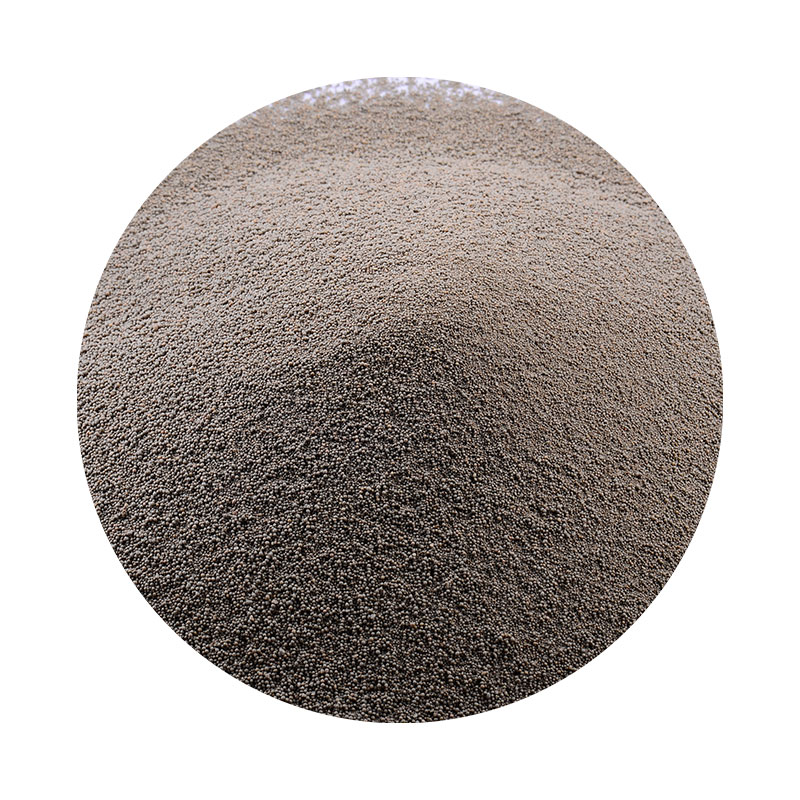The History of Sand Casting
Sand casting, an ancient metalworking technique, has played a pivotal role in the development of modern manufacturing. Its origins can be traced back over 5,000 years to ancient civilizations, where craftsmen utilized this ingenious method to produce various tools, weapons, and ornaments. The simplicity of the technique and the accessibility of materials made sand casting a preferred method for artisans throughout history.
Early Beginnings
The earliest known examples of sand casting date back to around 3000 BC in ancient Egypt and Mesopotamia. Artisans would create molds from finely grained sand mixed with clay, which was then compacted around a model of the object to be cast. Once the mold was formed, craftsmen would heat metal—typically copper or bronze—and pour it into the cast. The cooling metal would take the shape of the mold, resulting in a precise reproduction of the original model.
As civilizations progressed, so did the techniques of sand casting. The Greeks and Romans improved the processes, utilizing metal molds to produce larger quantities of items more efficiently. In ancient Rome, the production of bronze statues using sand casting became a prominent art form, showcasing both the aesthetic capabilities and technical advancements of the time.
Middle Ages to Industrial Revolution
During the Middle Ages, the use of sand casting saw a decline in favor of other methods, such as lost-wax casting, but it remained a vital technique for producing everyday items. Blacksmiths and metalworkers utilized sand casting to create tools, cookware, and other necessary implements. The versatility of sand casting allowed craftsmen to innovate continually, adapting the process to meet the demands of their societies.
The arrival of the Industrial Revolution in the 18th century marked a significant turning point for sand casting. Increased metal production and the development of new alloys generated a heightened demand for efficient manufacturing techniques. Innovations such as the flask system—where molds were contained within a frame—streamlined the casting process, allowing for greater consistency and output. Factories began to adopt sand casting as a standard method for producing a wide array of metal components, from engine parts to architectural elements.
sand casting history

Modern Era
In the 20th century, the advent of new materials and technologies revolutionized the sand casting industry. The introduction of synthetic sands and improved core materials enhanced the quality and finish of cast products. Automation in the casting process, including robotic pouring systems and advanced mold-making techniques, further increased efficiency, reducing the labor-intensive aspects of traditional sand casting.
Today, sand casting remains a widely used process in various industries, including automotive, aerospace, and construction. Its adaptability allows for the production of both simple and complex components with minimal tooling costs. Moreover, the ability to cast large parts offers significant advantages for manufacturers, contributing to faster production cycles and reduced lead times.
The Future of Sand Casting
As industries continue to evolve, so too does the practice of sand casting. The integration of 3D printing technology is paving the way for even more advanced casting techniques. By creating complex geometries and intricate designs, 3D-printed molds are revolutionizing the way manufacturers approach sand casting.
Furthermore, sustainability is becoming increasingly important in modern manufacturing. The sand casting industry is exploring eco-friendly materials and methods to reduce environmental impact, such as using reclaimed sand and minimizing waste.
In conclusion, sand casting boasts a rich history, demonstrating remarkable adaptability and resilience through the ages. From its early beginnings with crude molds in ancient civilizations to its modern applications in high-tech industries, sand casting continues to be a crucial technique in metalworking. As technology progresses, it is likely to maintain its relevance, ensuring that this age-old craft evolves alongside contemporary manufacturing practices.
Post time:ພ.ຈ. . 19, 2024 11:39
Next:Benefits and Drawbacks of Using Sand Casting in Manufacturing Processes
